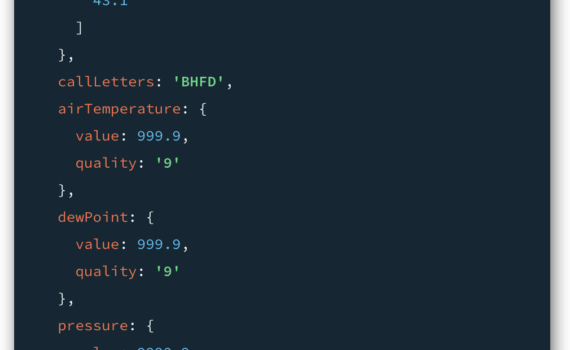
Querying MongoDB Documents
MongoDB provides an efficient environment for storing document data at scale. However, most of your interactions with […]

MongoDB provides an efficient environment for storing document data at scale. However, most of your interactions with […]
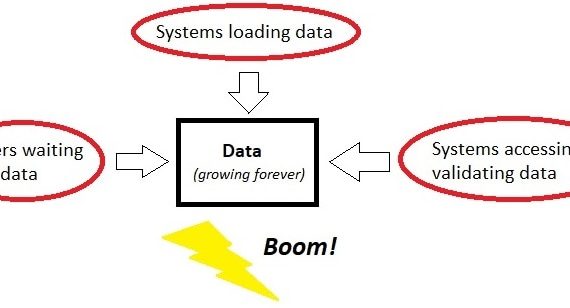
It is always an afterthought. New objects are created that start off small and current. New feature […]
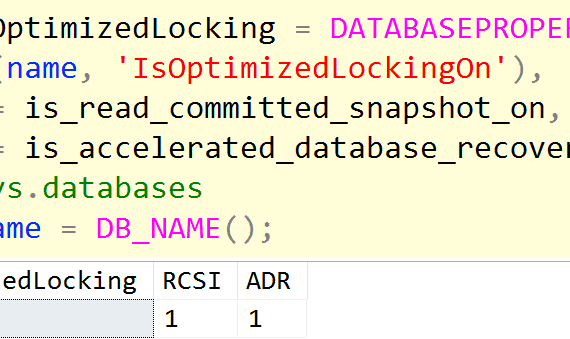
I don’t think I’ve ever had a great impression of Azure SQL Database as a place for […]
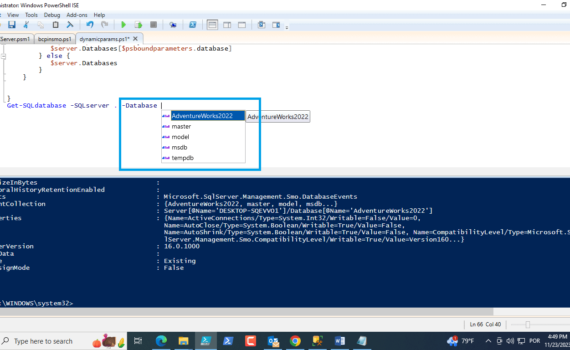
Have you ever been in a situation that you want to call a cmdlet or a function […]
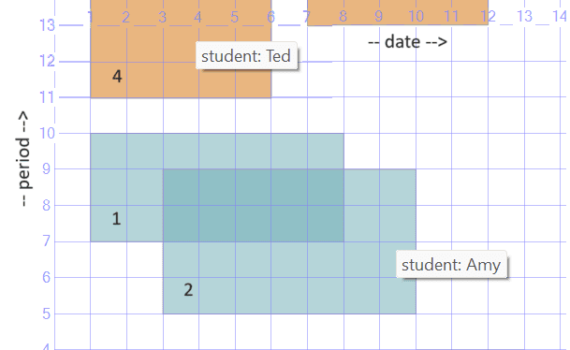
Packing intervals is a classic SQL task that involves packing groups of intersecting intervals to their respective […]
Aggregation is a widely used way to summarize the content of a database. It is usually expressed […]
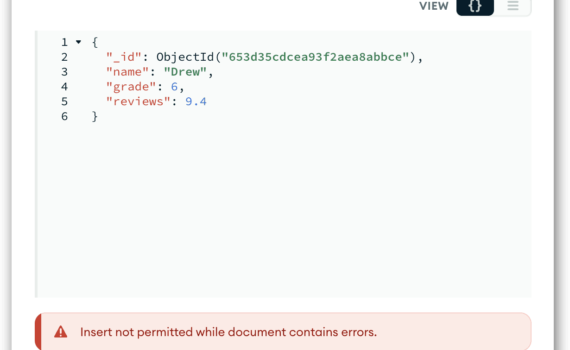
MongoDB is a document database. As such, the data is stored as individual documents. A document is […]
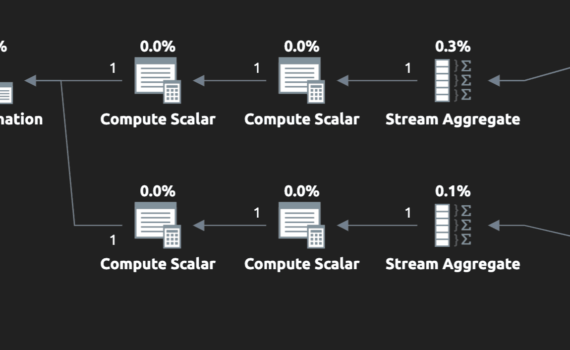
Nearly a decade ago, I wrote a post called “Bad habits : Counting rows the hard way.” […]
Imagine this: you have several directories full of SQL script files, and you need to know where […]
I have published videos and articles before about Lakehouse maintenance. In this article I want to address […]
When it comes to the development and operations (DevOps), one thing stands out as a critical aspect […]
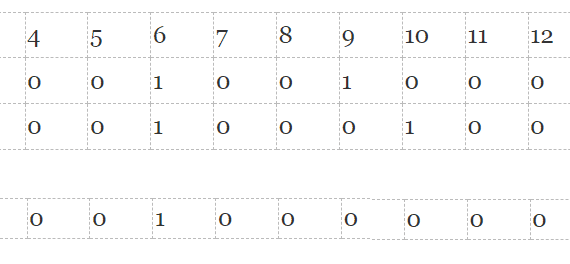
In this blog, we continue our exploration on PostgreSQL indexes which we started here. In that article, […]
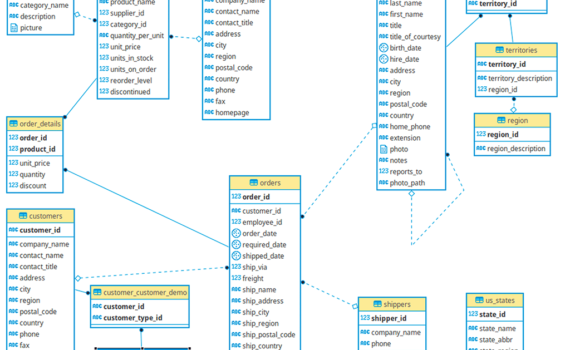
Understanding how to join the data in one table to another is crucial for any data analyst […]
Tell me if you’ve heard this one before: I changed data from my application, but when I […]
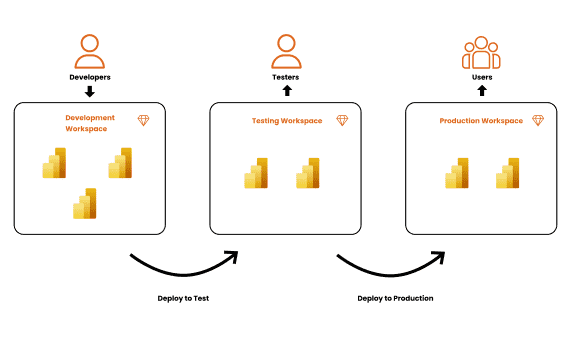
Source control is fundamental when dealing with projects and sharing code between multiple developers. Power BI present […]
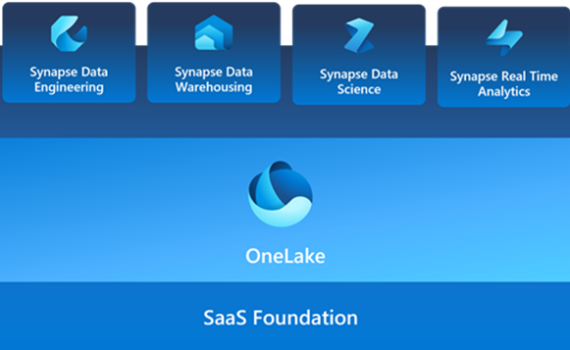
In this article, we will introduce Microsoft Fabric and how it relates to Power BI Premium Capacity […]
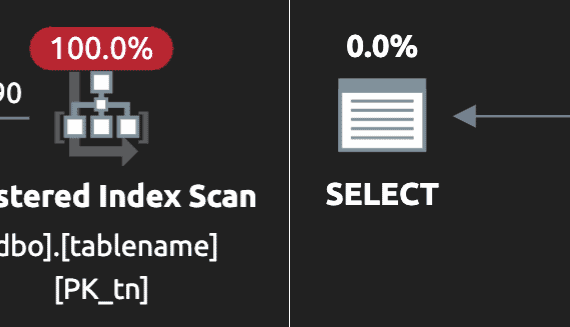
Recently someone posted a question where they couldn’t quite figure out how to construct a predicate based […]
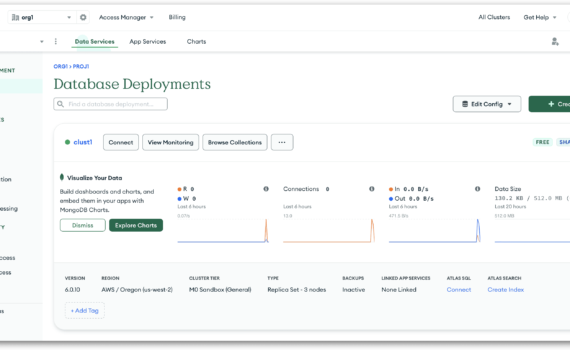
MongoDB is a scalable database management system that stores data as documents in a collection, rather than […]
The SQL NTILE() is a window function that allows you to break a table into a specified […]
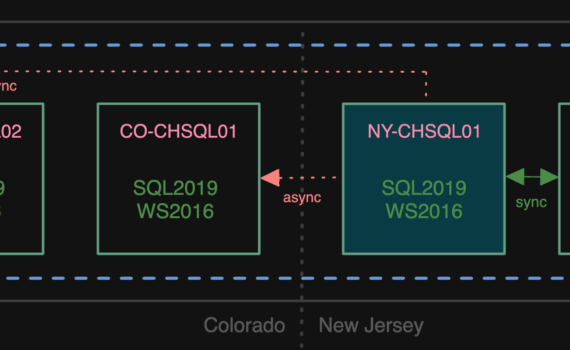
Earlier this year, we migrated the entire Stack Overflow for Teams platform to Azure. This was a […]
PostgreSQL continues to be all the rage in 2023, whether in “vanilla” form of the fully open-source […]
There are some differences and secrets between the UI of a SQL Endpoint and the UI of […]
Recently I spoke at SQL Saturday Denver. The day after the conference we went to visit Pikes […]
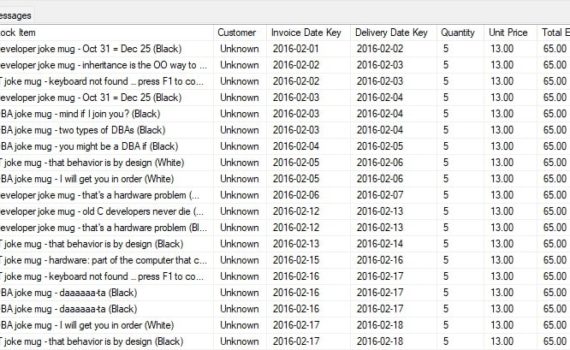
There are plenty of applications and tools available that allow for the movement of data in and […]
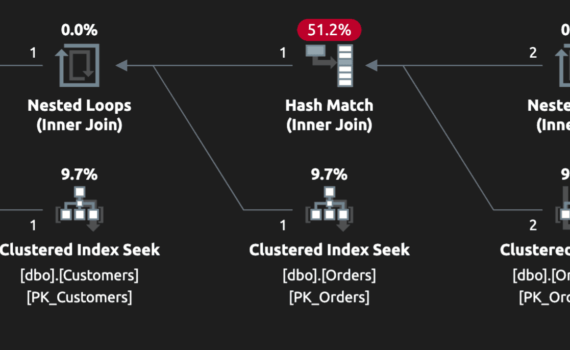
I’ve quietly resolved performance issues by re-writing slow queries to avoid DISTINCT. Often, the DISTINCT is there […]
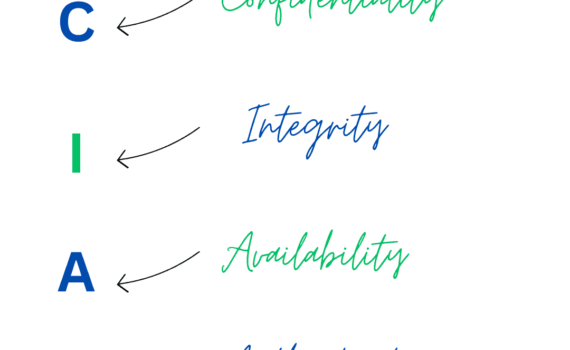
This article is part of Aisha Bukar’s 6 part series: A Beginners Guide to MySQL Replication. The […]

In the previous blog in this series, we learned how to produce, read and interpret execution plans. […]

Dr. Codd first described the relational model in a paper in Communications of the ACM (CACM 13 […]
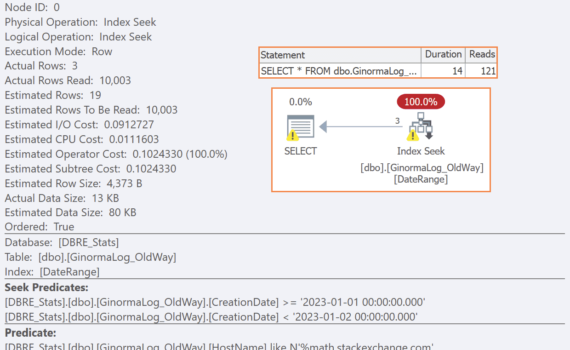
While this article is specifically geared to SQL Server, the concepts apply to any relational database platform. […]
When people start learning a new field, for example T-SQL, it’s tempting to spend very little time […]
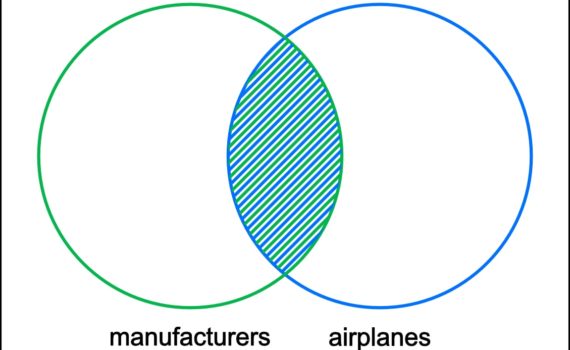
Tables in a MySQL database are commonly related to one another, often in multiple ways, and it […]

Over the years, SQL Server Statistics have been discussed in countless blog posts, articles, and presentations, and […]

If you haven’t already heard, SQL 2022 has introduced a new built-in system function called GREATEST. Simply […]
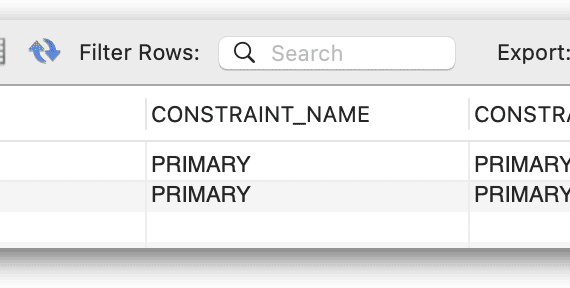
MySQL provides a set of constraints that you can include in your table definitions to help ensure […]
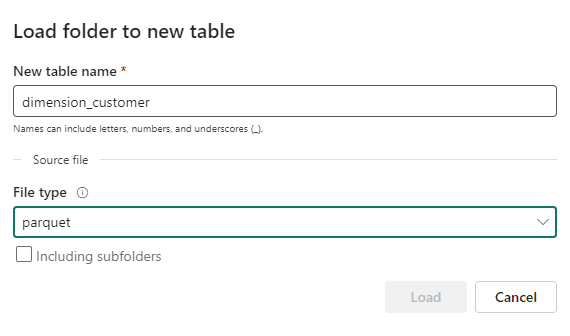
Microsoft is merging Data Factory and Power BI Dataflows in one single ETL solution. It’s not a […]
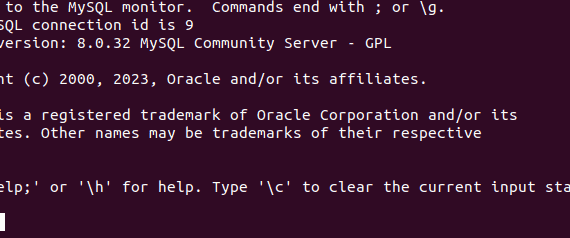
If you’ve been using MySQL for a while and want to learn how to orchestrate MySQL containers, […]
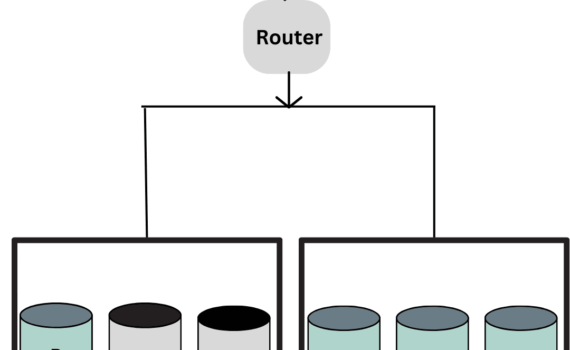
This article is part of Aisha Bukar’s 6 part series on MySQL Replication. The entries include: Part […]
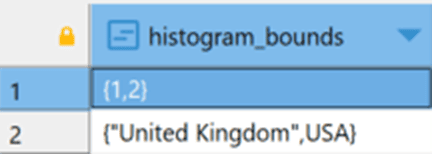
While there are many features within PostgreSQL that are really similar to those within SQL Server, there […]
The simple answer to this question is “a lot.” The funny part, however, is that everyone who […]
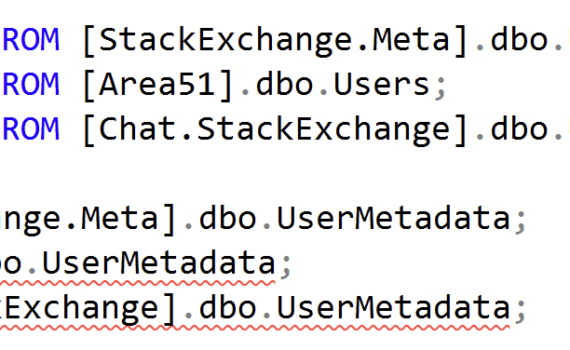
At Stack Overflow, our environment has multiple implementations of a largely – but not 100% – identical […]
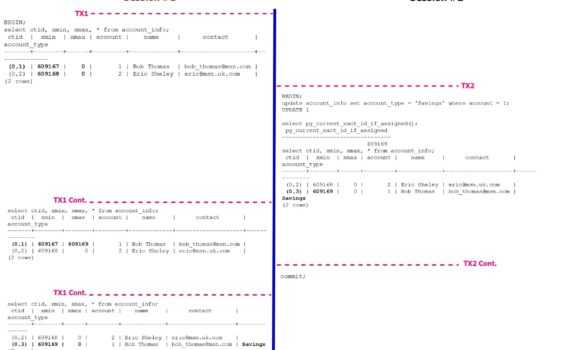
Concurrency control is an essential aspect of database systems that deals with multiple concurrent transactions. PostgreSQL employs […]
In the last blog (When PostgreSQL Parameter Tuning is not the Answer), we compared several execution plans […]
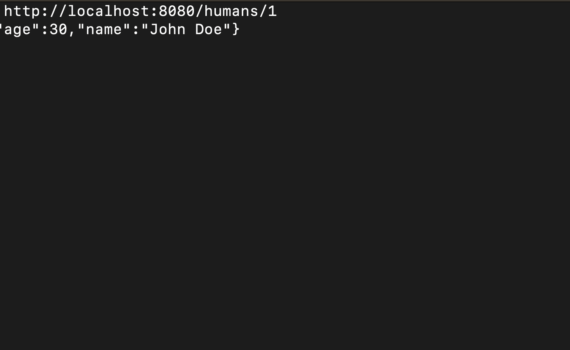
In modern software development, Application Programming Interfaces (APIs) are essential for building scalable and flexible systems. APIs […]
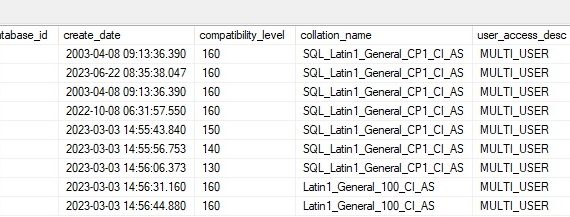
A challenge that reappears periodically in the world of databases (especially database management) is the need to […]
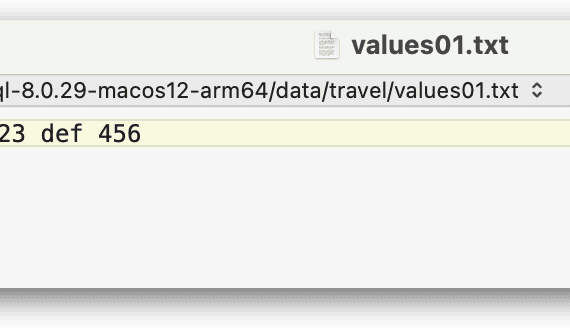
This article is part of Robert Sheldon’s continuing series on Learning MySQL. To see all of the […]
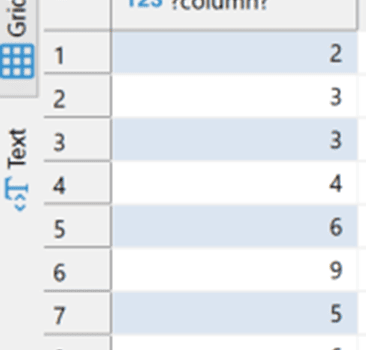
Writing queries to retrieve the data from a database is probably the single most common task when […]
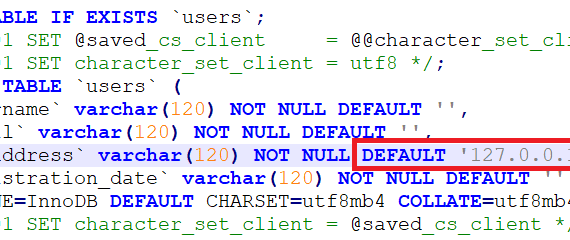
In the previous parts of these MySQL optimization series, we’ve told you how queries work on a […]
In coming up with a strategy for managing test data, first you need to understand what the […]
When you’re learning SQL DML, the most complicated clause is typically the GROUP BY. It’s a fairly […]
So much about parameters tuning, but does it always help? Welcome to the third and final blog […]